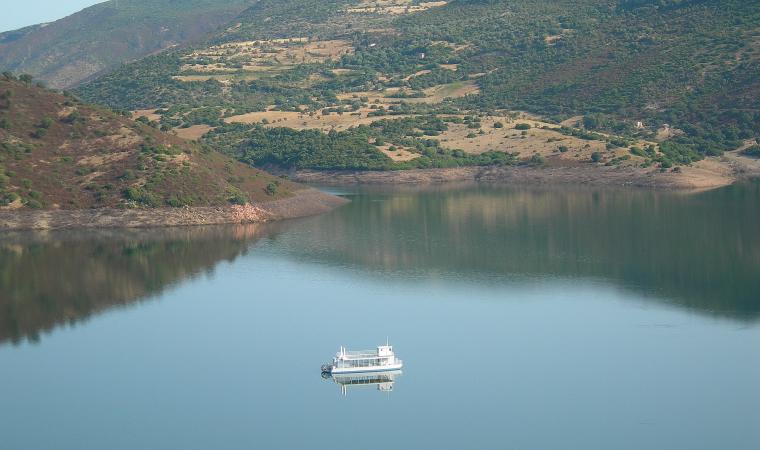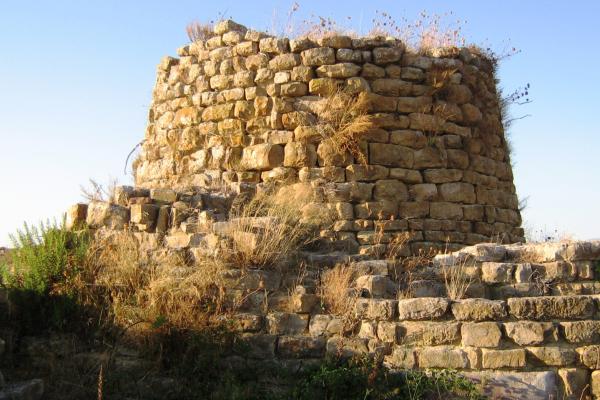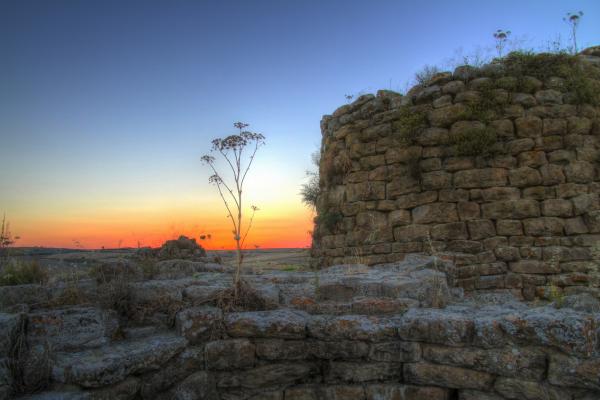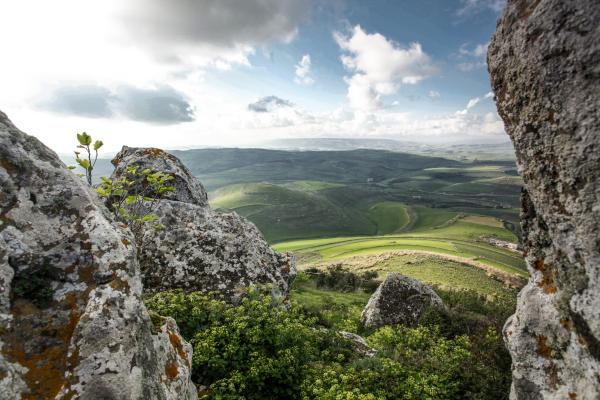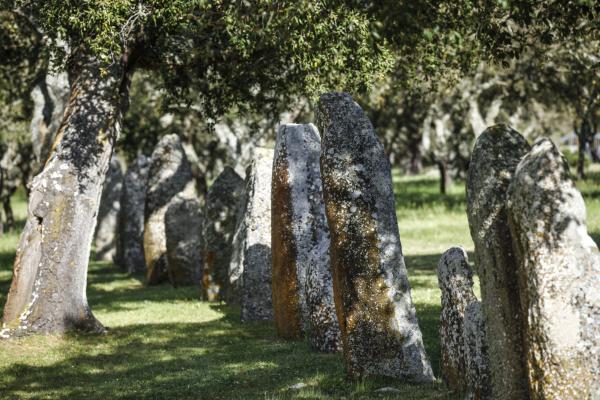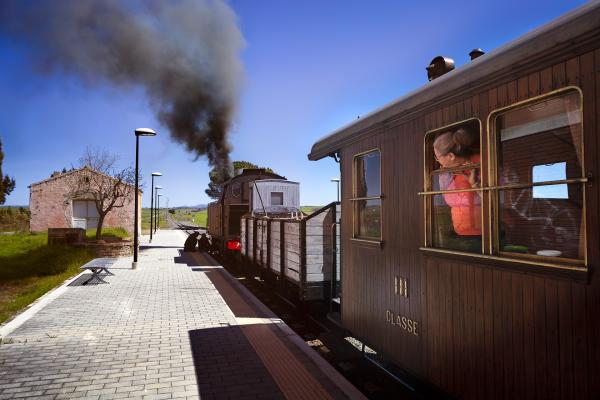Siurgus and Donigala were two separate towns until 1927, when they were unified by Victor Emmanuel III. Today, the municipality of the Trexenta subregion, a ‘Granary of Rome’, has 2000 inhabitants. The town is reflected in the waters of Lake Mulargia, a splendid setting for biking, horseback riding, canoeing or rides on Mississippi-style steam boats or on the Green Train. The territory is largely mountainous, covered with Mediterranean shrubs and cork oaks, a local resource along with cereal and legume farming, vineyards and fruit orchards. Thousand-year-old holm oaks form the Forest of S’Abioi. Other green areas are found on Mount Moretta, Perda Collina, Truncu de S’Ollastu and Genna de Cresia, where visitors can visit a monumental wild olive tree.
Seurgus was a town of importance since the Roman Era, when a road linking Karalis and Biora with Sarrabus passed here, as seen from remains of villages, garrisons and necropolis that span from Republican Period to Early Imperial Period. The most famous artefact is a bronze votive vase with dedication to Asclepius.
In the Medieval Period, it was the capital of a curatoria. The town’s centre retains traces of its Giudicial past in buildings and cortes, including the rural hamlet of Donnicalia (now Donigala), a large farm that belonged to the Giudice. The place name is thought to derive from sex burgos (six hamlets) or from Xiurgos, a monastery in Calcidica, a Greek region, home to the monks that settled in Siurgus bringing along Eastern beliefs. The splendid Parish of San Teodiro (celebrated in late August) is also Byzantine. Siurgus also contains the churches of Santa Susanna and San Francesco, while in Donigala stand the churches of Nostra Signora di Monserrato, possibly Early Medieval in age, and the Sanctuary of San Sebastiano. The patron of the former is celebrated in early September with an exhibition of giant votive candles, the patron of the latter is celebrated on January 20 with a typical bonfire. An intriguing event is the Festival of Is Bagadius (of singles) in mid-October.
The territory has been inhabited since the Neolithic, as seen from a megalithic settlement with findings of artefacts attributed to the Ozieri culture (3000BC) and a small temple on Mount Turri, which was still in use during the Late Roman period. Pre-Nuragic traces can be seen in Domus de Janas of Zraghi. The land around SiurgusDonigala contains about 40 nuraghes. In the keep of the most significant of these, Su Nuraxi, a Byzantine burial ground was found. On the walls of the town, Roman buildings are seen overlapping each other: these are traces of the initial settlement, over which the present-day town was built. The oldest nuraghe is Arcei. Its keep, surrounding village and small Giant’s Tomb are still intact. In the mountains on the border with Gerrei, stand the well-preserved nuraghes of Mount Nuxi, Ega, with a village inhabited into the Byzantine Era, and Erra, over which Bidda de Salomone was subsequently founded. Abandoned in the 13th century, it is now part of the town’s outskirts. On the border with Mandas, there are the fortress/enclosure of Corongedda and Corte Carroccia, which helped populate Donigala. During the construction of the cemetery, a Carthaginian necropolis later used by the Romans was discovered.


